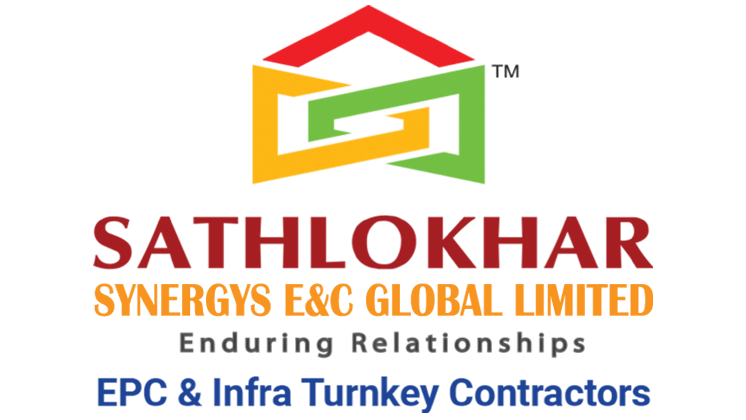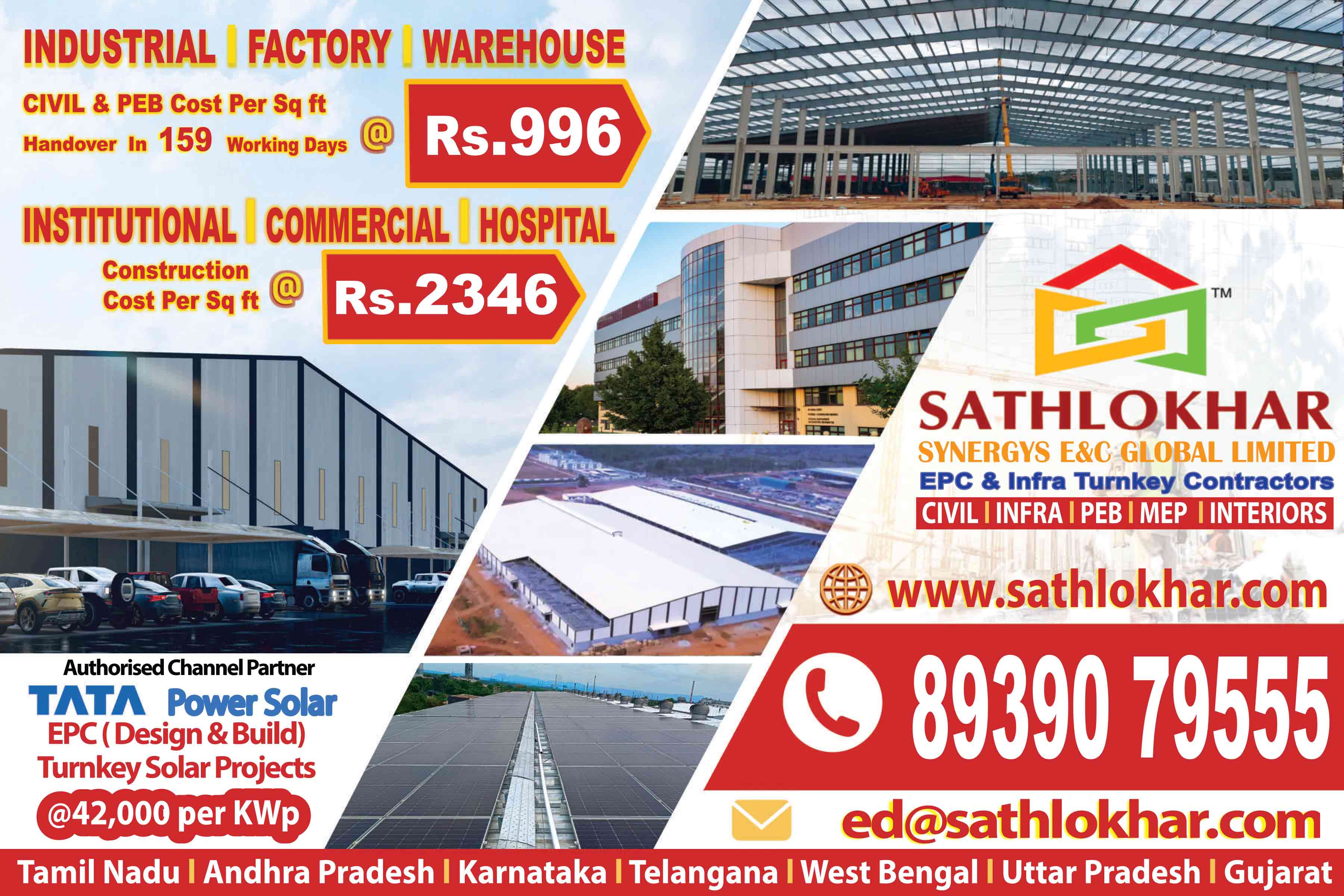The Dynamic Power Of Integrated Design-Build Teams
In today’s age of rapid and intricate world of Engineering, Procurement, and Construction (EPC) projects, the result of a venture often depends on the strength and coherence of the team. A method that has obtained notable adherence in the past years is the usage of Integrated Design-Build Teams. We Sathlokar stand firm as the best and most reputed among other construction companies in Chennai, utilize the method of Integrated design-build teams to stimulate innovative ideas. This innovative method brings together professionals from various disciplines to work collaboratively throughout the project life cycle, fostering a synergy that can lead to unparalleled efficiency, creativity, and success.
Breaking Down Barriers For Seamless Collaboration:
Traditionally, construction projects followed a linear process where design and construction phases were distinct and often disconnected. Integrated design-build teams break down these silos, allowing architects, engineers, contractors, and other stakeholders to collaborate seamlessly from the project’s inception to completion.
By involving key team members from different disciplines early on, potential issues can be identified and addressed before they escalate, minimizing the risk of costly delays and modifications later in the project. This integrated approach encourages open communication, knowledge sharing, and a collective problem-solving mindset, creating a more robust and resilient project team. This strategy is put into use even by various commercial builders in Chennai to come up with creative ideas and different perspectives.
Efficiency Through Concurrent Workstreams:
One of the primary advantages of integrated design-build teams lies in their ability to conduct multiple work streams simultaneously. In the traditional approach, the design phase must be completed before construction can begin, leading to sequential project timelines. Integrated teams, on the other hand, can overlap design and construction phases, significantly compressing the overall schedule.
This simultaneous approach not only accelerates project timelines but also enables real-time adjustments. If an unforeseen issue arises during construction, the design-build team can swiftly collaborate to find a solution without disrupting the project timeline. This adaptability is a powerful tool in the face of the unforeseeable challenges often accompanying complex construction projects.
Enhanced Communication For Optimal Outcomes:
Effective communication is the cornerstone of any successful project and integrated design-build teams excel in this regard. With all stakeholders working together under one umbrella, communication flows more smoothly, reducing the likelihood of misunderstandings and costly errors.
Meetings and Collaborative sessions on a regular basis make sure that everyone is on the same page regarding the progression of project goals, timelines, and any other possible challenges. This bold strategy of communication holds the ability to strengthen team solidarity and enrich the decision-making process, as all outlooks are viewed from the outside of the box.
Innovative Solutions Through Cross-Disciplinary Collaboration:
Integrated design-build teams stimulate an atmosphere where experts from different sectors come together, contributing different perspectives and opinions to the table. This multi-disciplinary method leads to creative resolutions that might not be possible in a formal project structure. As an example, an architect working parallel to a structural engineer may tend to develop a configuration that not only fulfills the needs of aesthetics but also upgrades structural integrity and efficient construction.
Cost Savings & Client Satisfaction:
Ultimately, the power of integrated design-build teams is evident in the bottom line. The efficiency gained through concurrent workstreams, enhanced communication, and innovative problem-solving directly translates to cost savings. Reduced project timelines, minimized change orders, and optimized designs contribute to a more
financially viable project.
Moreover, the collaborative nature of integrated teams often leads to higher levels of client satisfaction. Clients benefit from a more transparent process, a single point of contact for all project-related matters, and a final product that not only meets but often exceeds their expectations.
The power of integrated design-build teams in EPC projects cannot be overstated. This collaborative approach revolutionizes the traditional project delivery model, fostering efficiency, communication, and innovation. As the construction industry continues to evolve, embracing integrated design-build teams is not just a choice; it’s a strategic imperative for those aiming to excel in the dynamic and competitive world of EPC projects. As of Sathlokar, we tend to take action in various roles and stand tall as PEB contractors in Chennai with a result of prime quality service.











